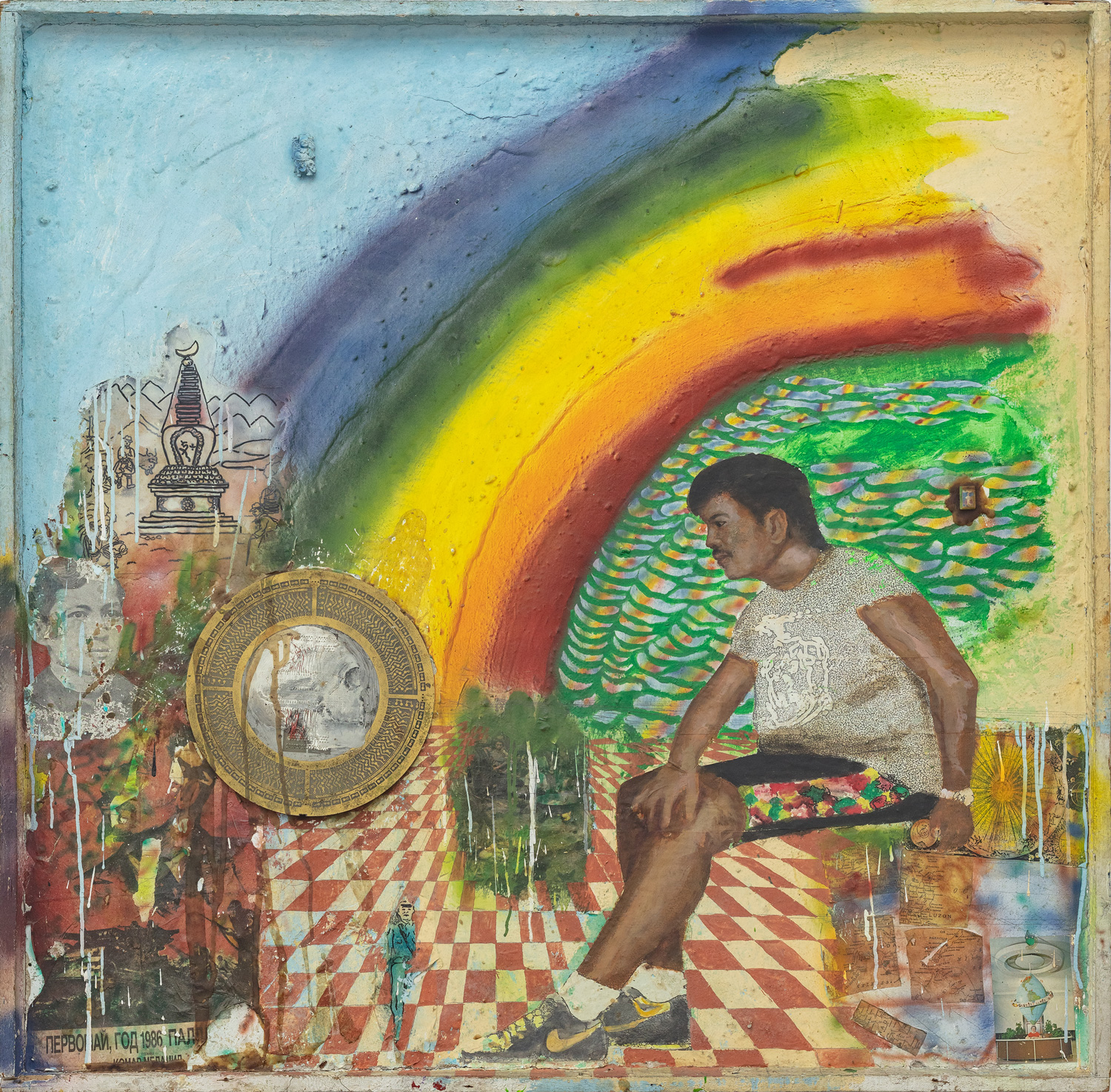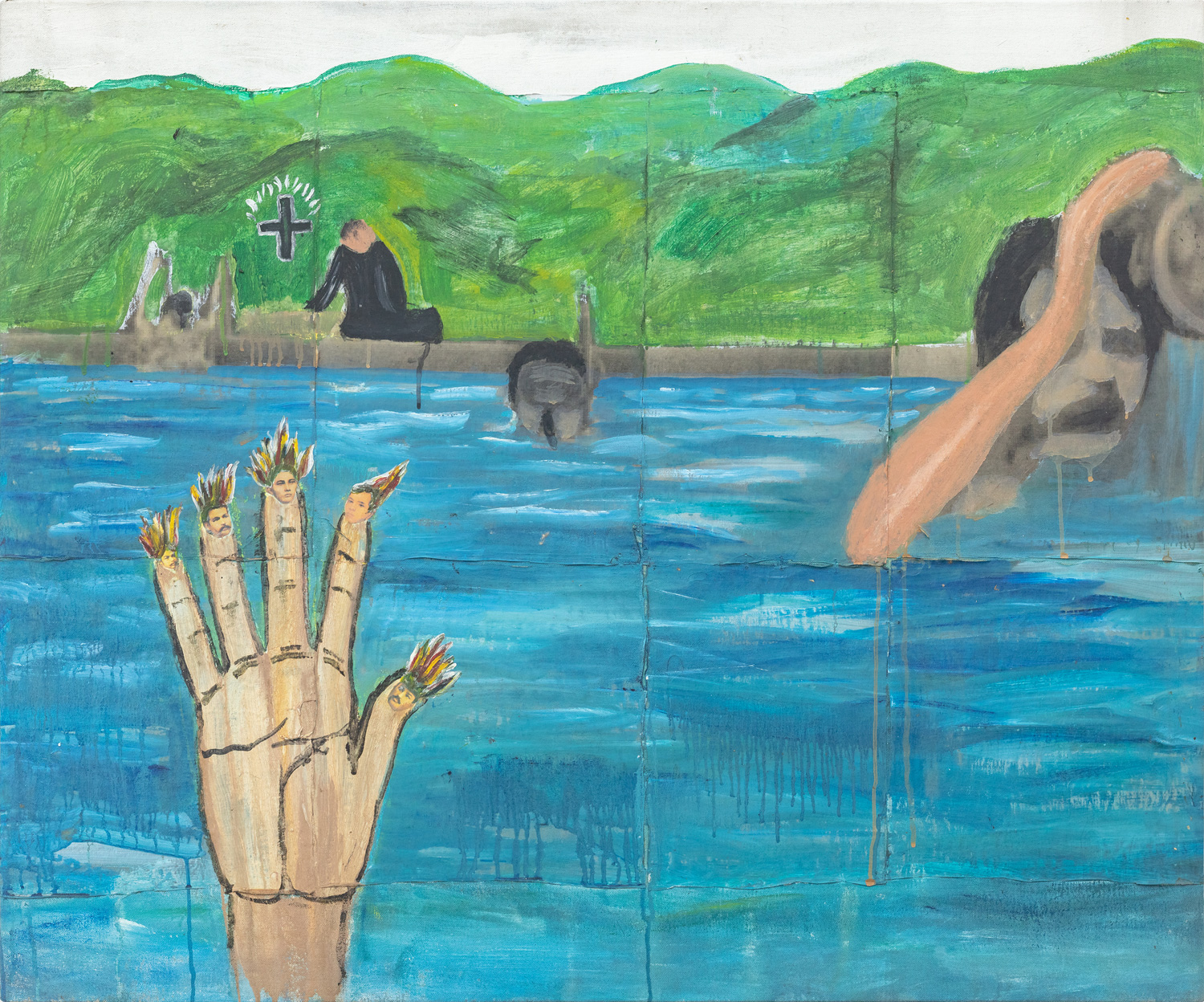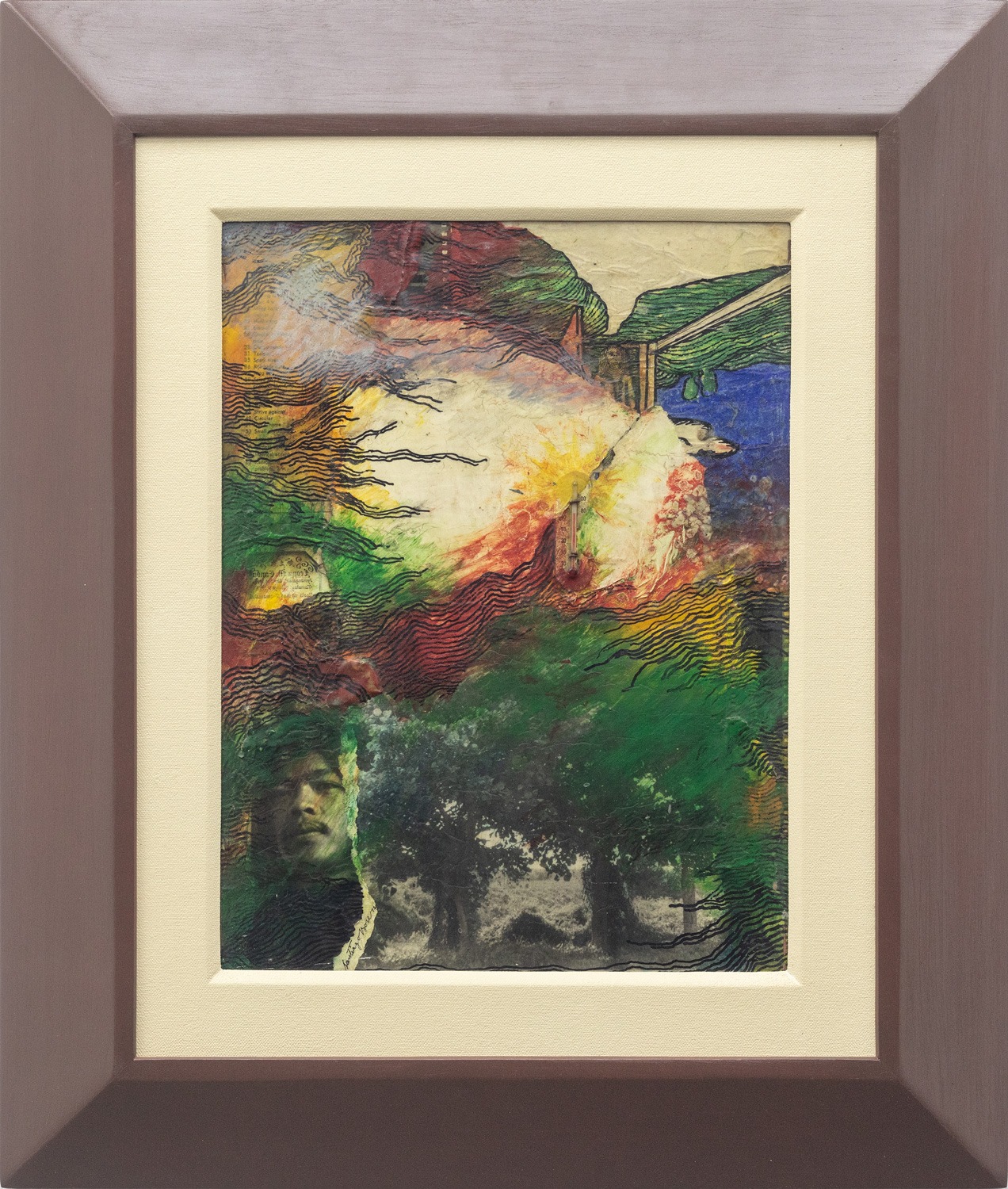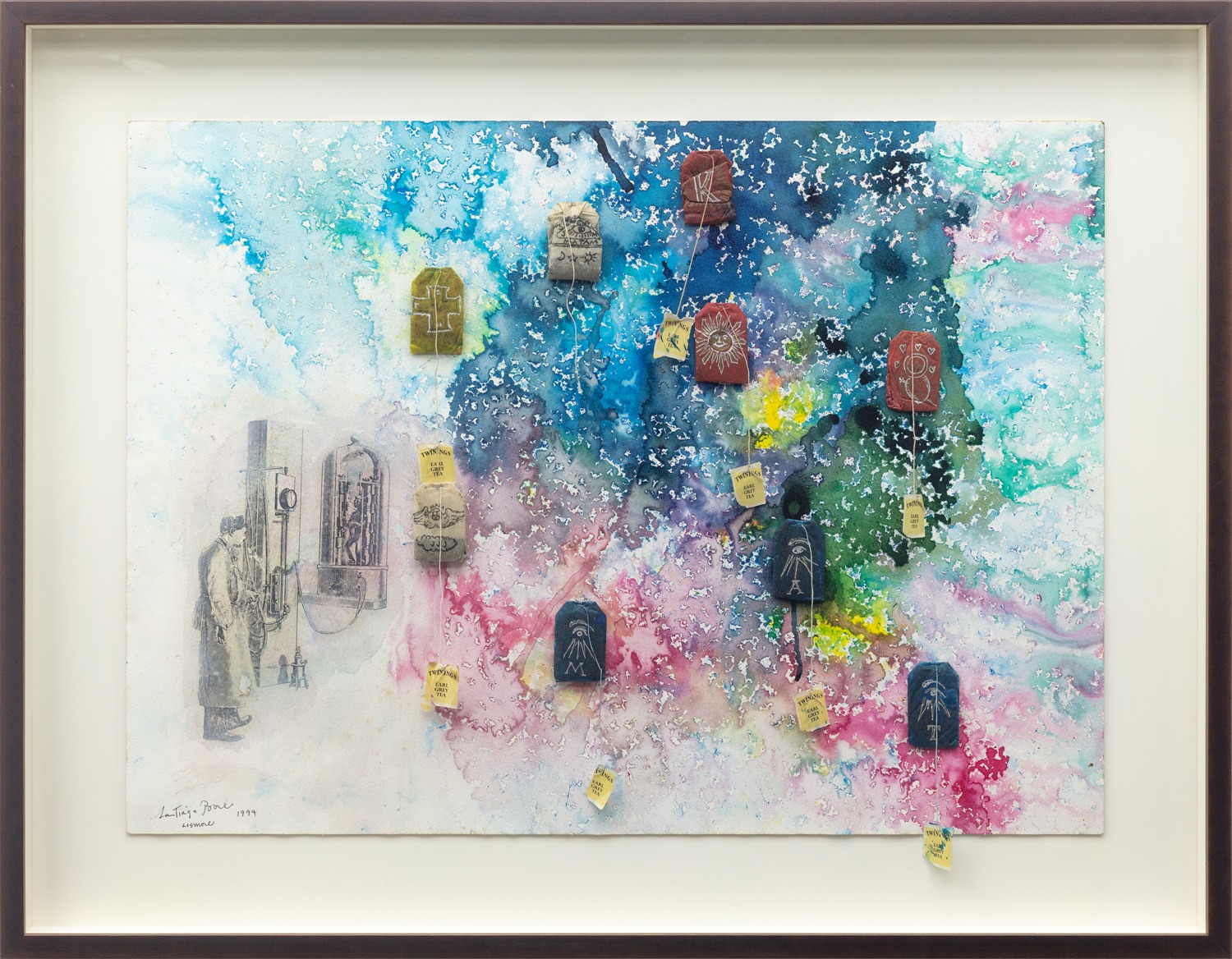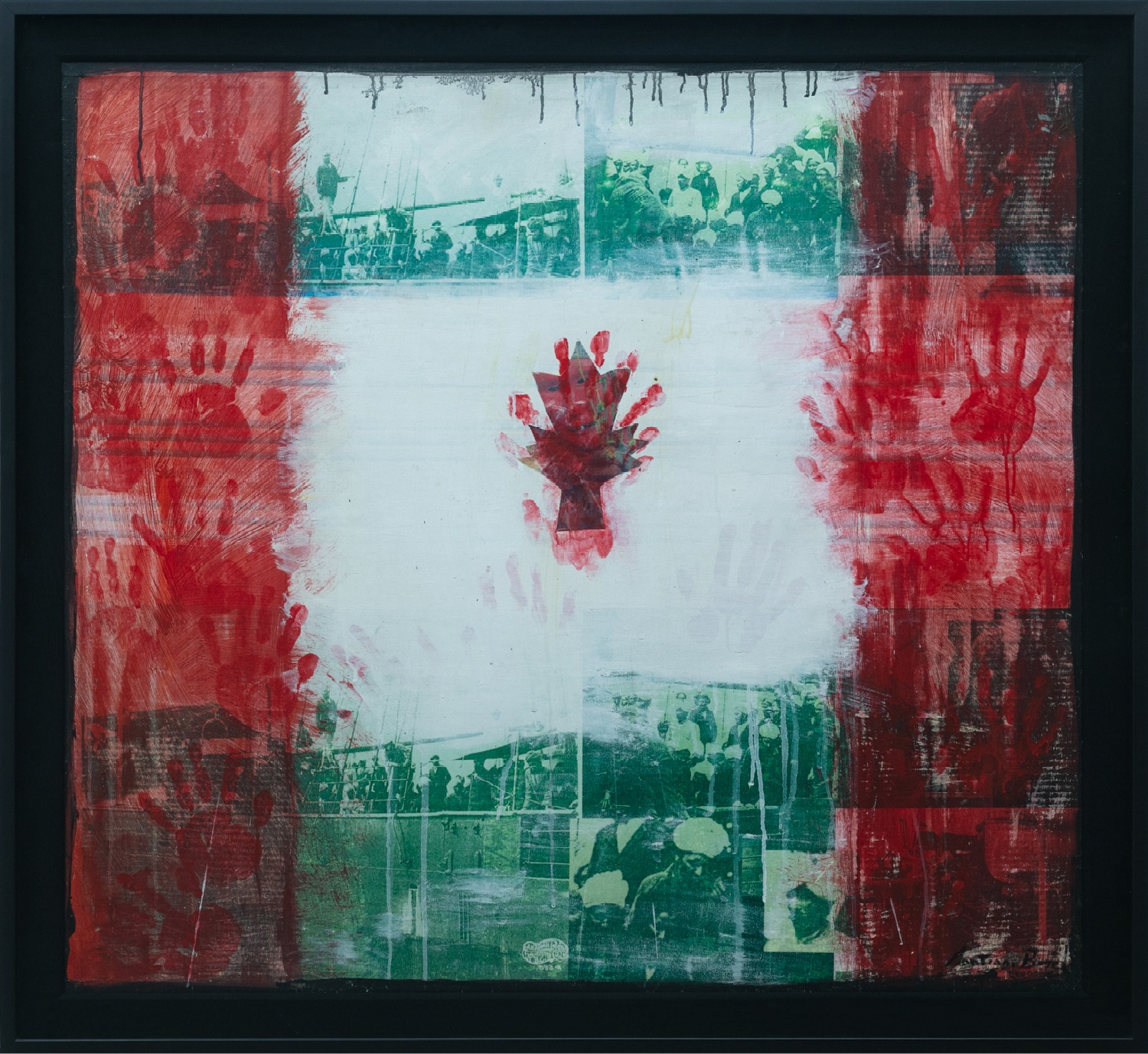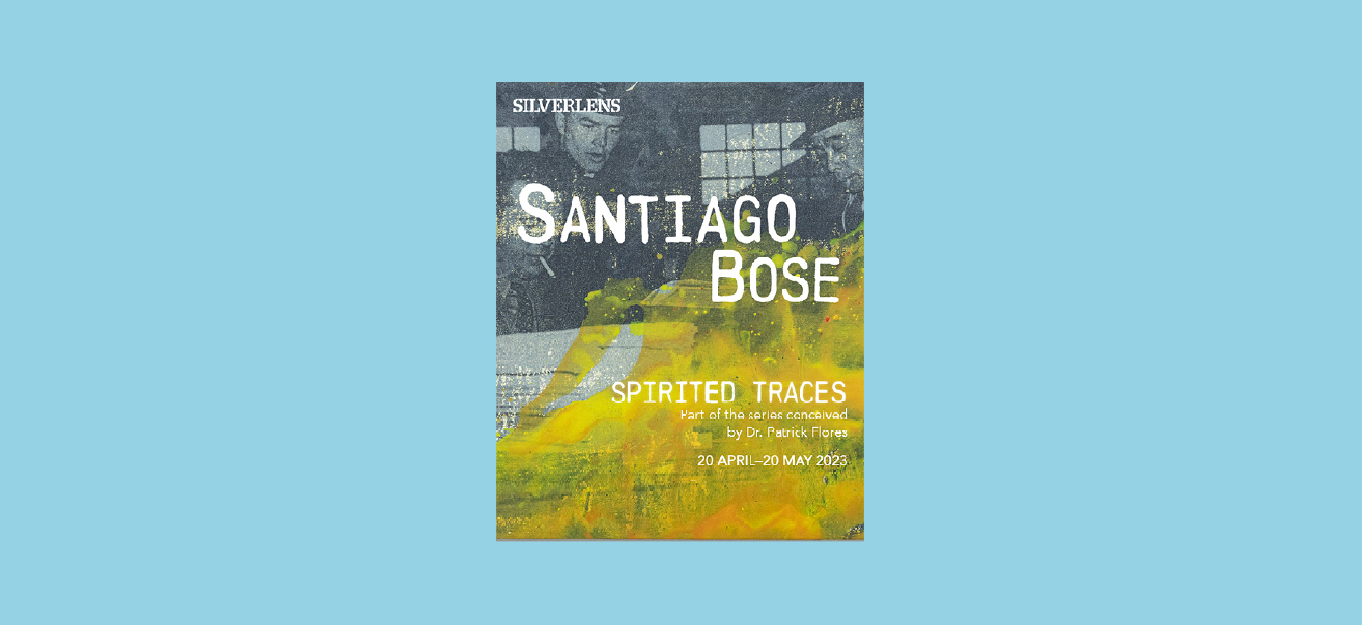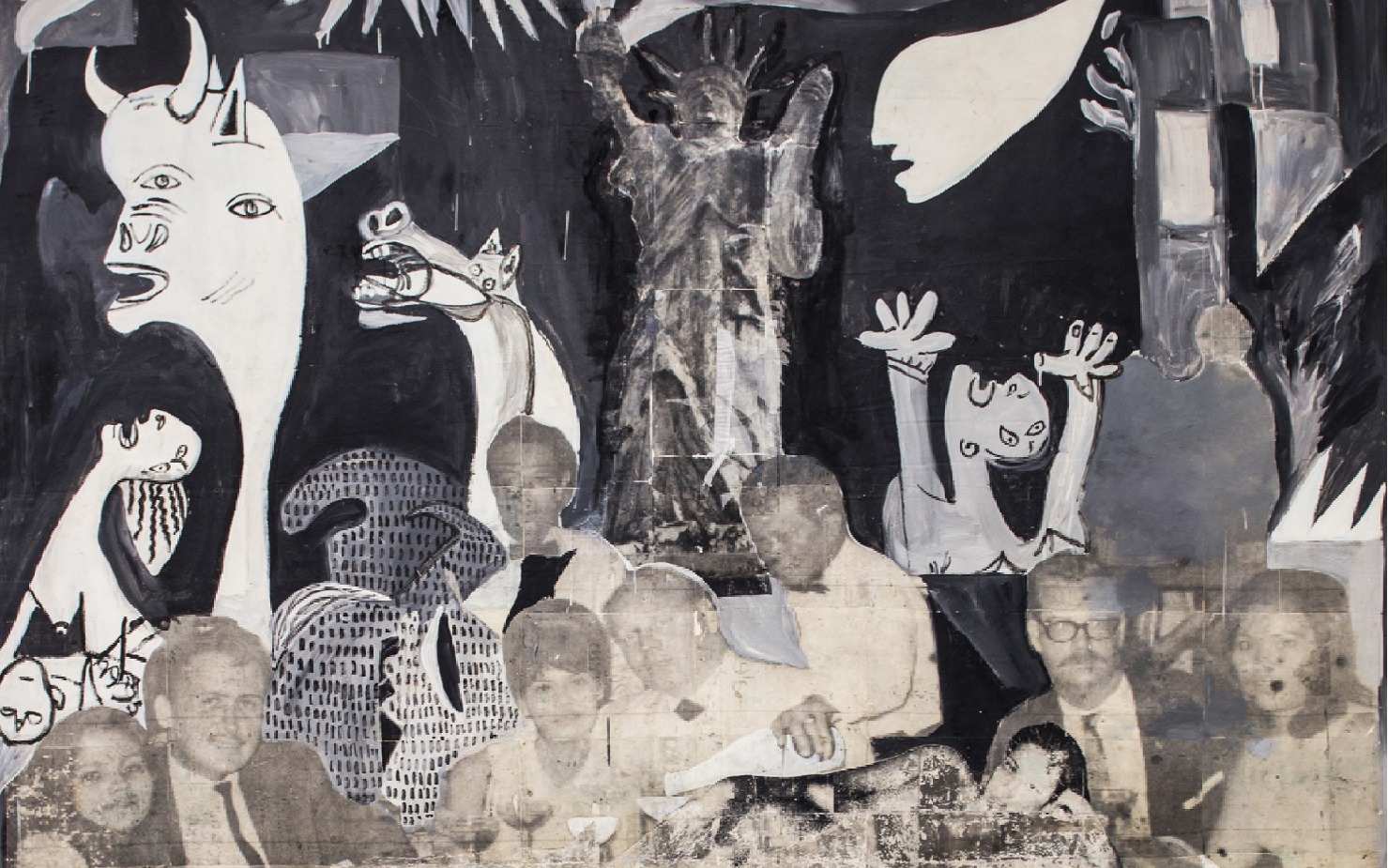
Spirited Traces
Santiago Bose
Silverlens, Manila
About
The Santiago Bose exhibition project was conceived to let the body of work of the artist unfold incrementally but also decisively across three iterations. This mode of presenting the decades-long labor of the artist has given the curation the chance to parse his artistic practice into episodes and turning points, into shifts over time or persistent fascinations through and through. In other words, the oeuvre has played out like a series or relay and has not been unveiled like a monolith or foisted on an audience as a spectacle.
This third node in the sequence of exhibitions on Bose closely reads the artist’s form and language. It stems from the effort of the preceding initiations to stage, first, the impulse of the intelligence, and second, to survey the sites that specified his endeavors. Both the internal syntax and the potency of the surface create the means by which Bose articulates his practice, alongside his significant engagements with communities across geographies and within vicinities. In the spirit of the bricoleur, who refunctions what can be found in the environment for both survival and transcendence, the artist, in his various migrations and investments in locality, would create a nested world within intersecting worlds. This is why it is important to interrelate, always, his intuition with the settings that would rear and heighten the force of his passion. The first two exhibitions focused on his inventive disposition and the places of its constant becoming.
Discernible in his creative instinct is the quickness to mix materials, cite references across histories, subject his visual space to the stress and plenitude of codes, and thus render the enterprise highly mediated: dense, lively, hectic, even impish. These gestures eventually translate to palimpsest, textual inscription, collage, and later, installation. In many ways, Bose was an exemplar of the mixed-media repertoire, which may well be productively inflected as intermedia, the better to cast it as a cognate of his translocal sympathies. This third exhibition proposes an attentive study of Bose’s fecund artistic acumen, building on the previous ones on his resources as an aesthetic agent as well as the different ecologies that enhanced their conviction and generosity. Running through the corpus of Bose are motifs of the indigenous and the folk; history and migration; belief and politics; popular culture and the global ethnoscape; his hometown Baguio and the events of the world.
Through the three exhibitions on Bose, the resonance of his practice becomes more tangible, not because the objects of evidence are collated, but because his artistic world unravels and leaves signs to be threaded through by the contemporary experience: the level of contingency is higher than the expectation for certainty or explanation or formula. It is for this reason that the third moment in the project turns to the phrase “spirited traces.” Bose has always had a wide margin for traces, which were not meant to coalesce into conclusions. He was more interested in how particles of history or pieces of the planet may come together in very asymmetrical ways; how textures and texts may generate not resolutions but doubts over doctrine or dogma; how practical technologies and archival references may generate new economies of seeing and sensing. Thus, the most apt characterization of these traces is “spirited,” as it insinuates the paradoxical stimuli of liveliness and spectrality, the investigative and the talismanic. In the improvised aesthetic of Bose is a beautiful mess, a deep mise-èn-scene, and a painting or drawing technique that verges on assemblage as it thickens via matter or discourse or mark or symptom, and later installation and performance, through an ingenious appropriation of media, which are mixed with whimsy and analysis to mottle the materiality that may well be history and society in the making.
Finally, the exhibition gathers things, or stuff, or inventory found in the artist’s studio, part archive, part bric-a-brac. These, too, are details of the memory of an alert persona. They bear signs of prior percolation or potential realization. They mesh with personal memento, the papers of organizations, studies and documentation of projects. Like the supposedly completed work of art, these remnants of toil are spirited traces, too, of a life essayed on the edge of ceaseless telling, crafting, and laughter over what artists need to do to animate, like magicians, and deserve, like citizens, both art and the world.
– Dr. Patrick Flores
Santiago Bose was a mixed-media artist, educator, and community organizer from the Philippines. He co-founded the Baguio Arts Guild and often used indigenous media in his work. Bose aimed to raise awareness of cultural concerns in the Philippines and focused on the resilience of indigenous cultures in the face of colonialism. He was the founding president of the Baguio Arts Guild and played a key role in establishing the Baguio International Arts Festival. Bose addressed social and political issues with criticality, gravity, and irreverent humor.
Bose received the Thirteen Artists Award from the Cultural Center of the Philippines in 1976 and exhibited his work internationally in events such as the Third Asian Art Show in Fukuoka, Japan, the Havana Biennial in Cuba, and the First Asia-Pacific Triennial of Contemporary Art in Brisbane, Australia. He was also included in the Asian Art Museum of San Francisco’s exhibition, At Home & Abroad, 20 Contemporary Filipino Artists in 2000. In 2002, the City of Manila awarded him the "Gawad ng Maynila: Patnubay ng Sining at Makabagong Pamamaraan" (Cultural Award for New Media presented to outstanding Filipino Artist). Bose was posthumously shortlisted for the National Artist award in 2006.
Dr. Patrick Flores is the Deputy Director for Curatorial and Exhibitions at the National Gallery Singapore. He is a distinguished Professor of Art Studies at the University of the Philippines, where he previously chaired the Department of Art Studies from 1997 to 2003. He also served as the Curator of the Vargas Museum in Manila and is the Director of the Philippine Contemporary Art Network. Flores has been involved in several significant exhibitions, such as his roles as a curator for Under Construction: New Dimensions in Asian Art in 2000 and the Gwangju Biennale (Position Papers) in 2008. Additionally, he has been recognized as a Visiting Fellow at the National Gallery of Art in Washington, D.C. in 1999 and as an Asian Public Intellectuals Fellow in 2004. Flores is a prolific writer and has authored various publications, including Painting History: Revisions in Philippine Colonial Art (1999); Remarkable Collection: Art, History, and the National Museum (2006); and Past Peripheral: Curation in Southeast Asia (2008). He received a grant from the Asian Cultural Council in 2010 and co-edited the Southeast Asian issue with Joan Kee for Third Text (2011). Flores organized the conference Histories of Art History in Southeast Asia in Manila in 2013 on behalf of the Clark Institute and the Department of Art Studies of the University of the Philippines. He was a Guest Scholar of the Getty Research Institute in Los Angeles in 2014. Flores curated South by Southeast, an exhibition of contemporary art from Southeast Asia and Southeast Europe, and the Philippine Pavilion at the Venice Biennale in 2015. He served as the Artistic Director of Singapore Biennale 2019 and Curator of the Taiwan Pavilion for the Venice Biennale in 2022.
Installation Views
I. Installation
II. Cross-reference
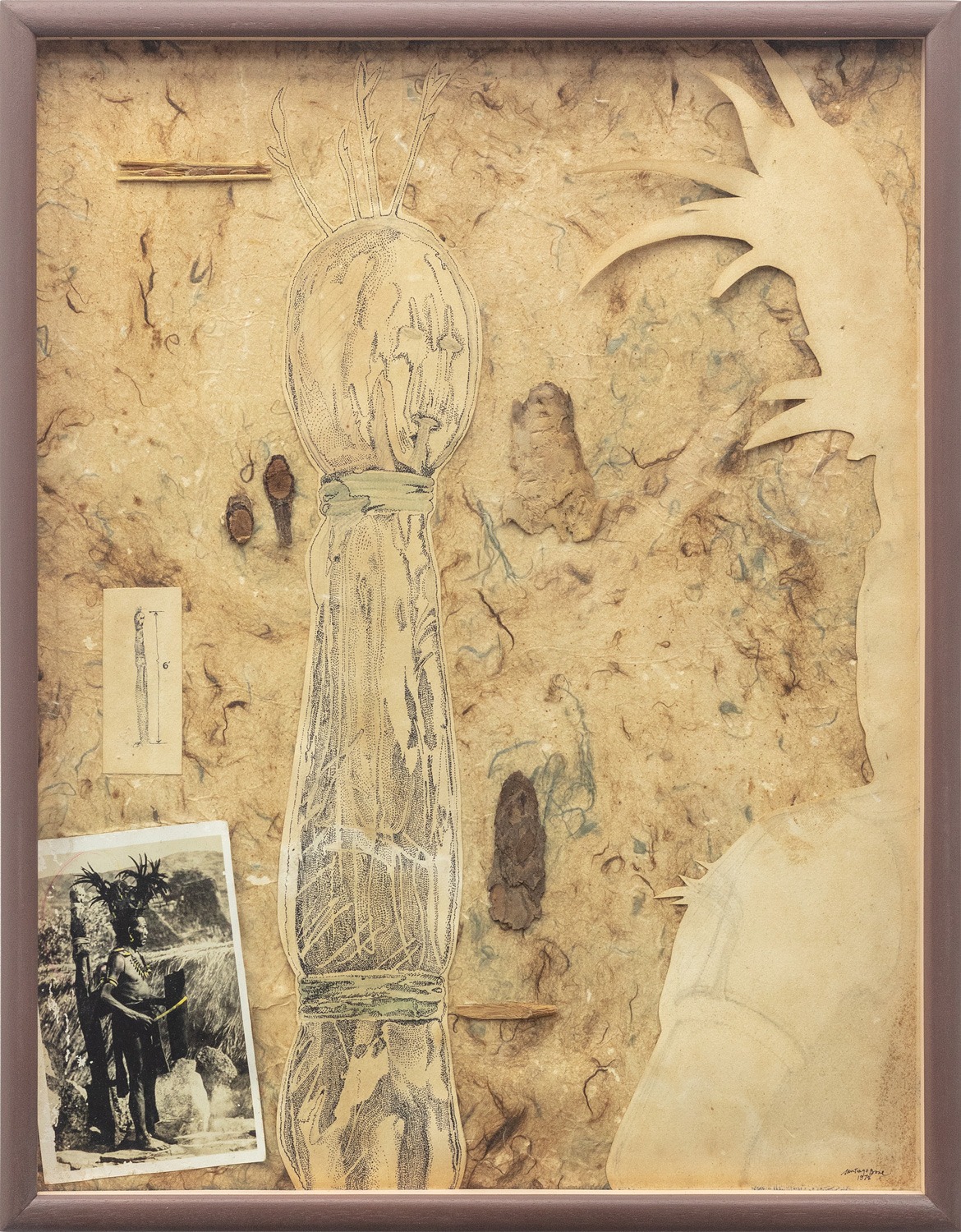
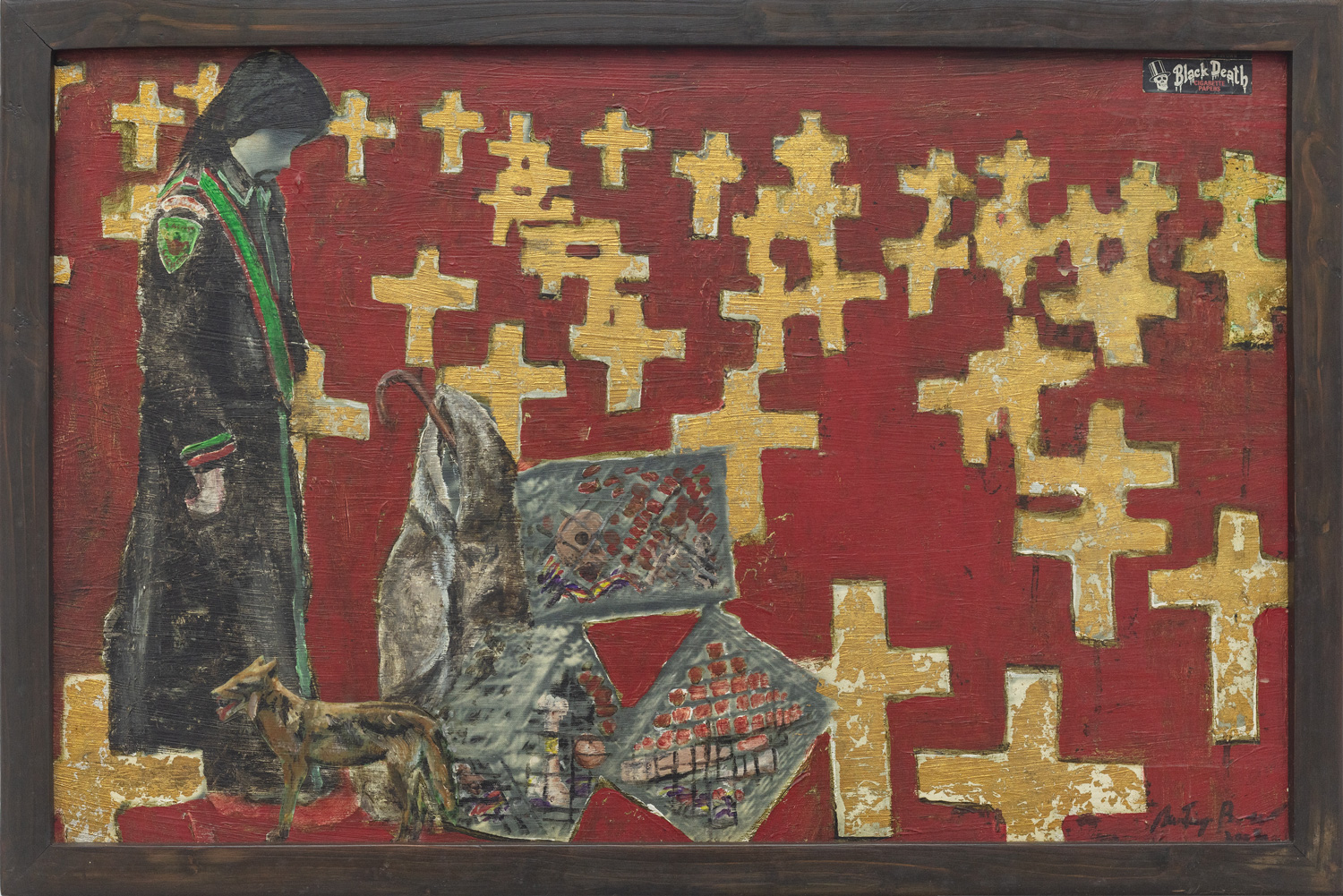
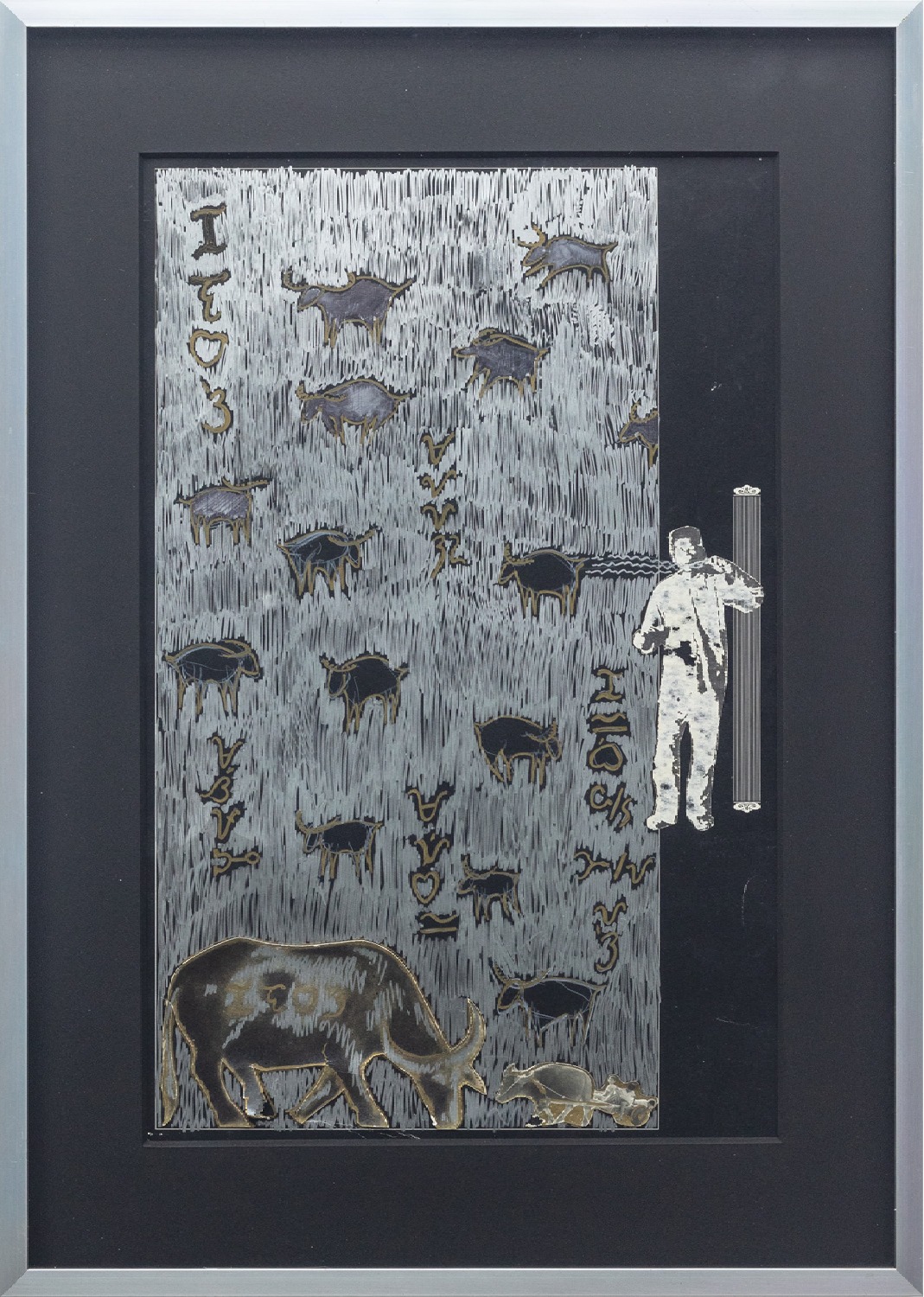
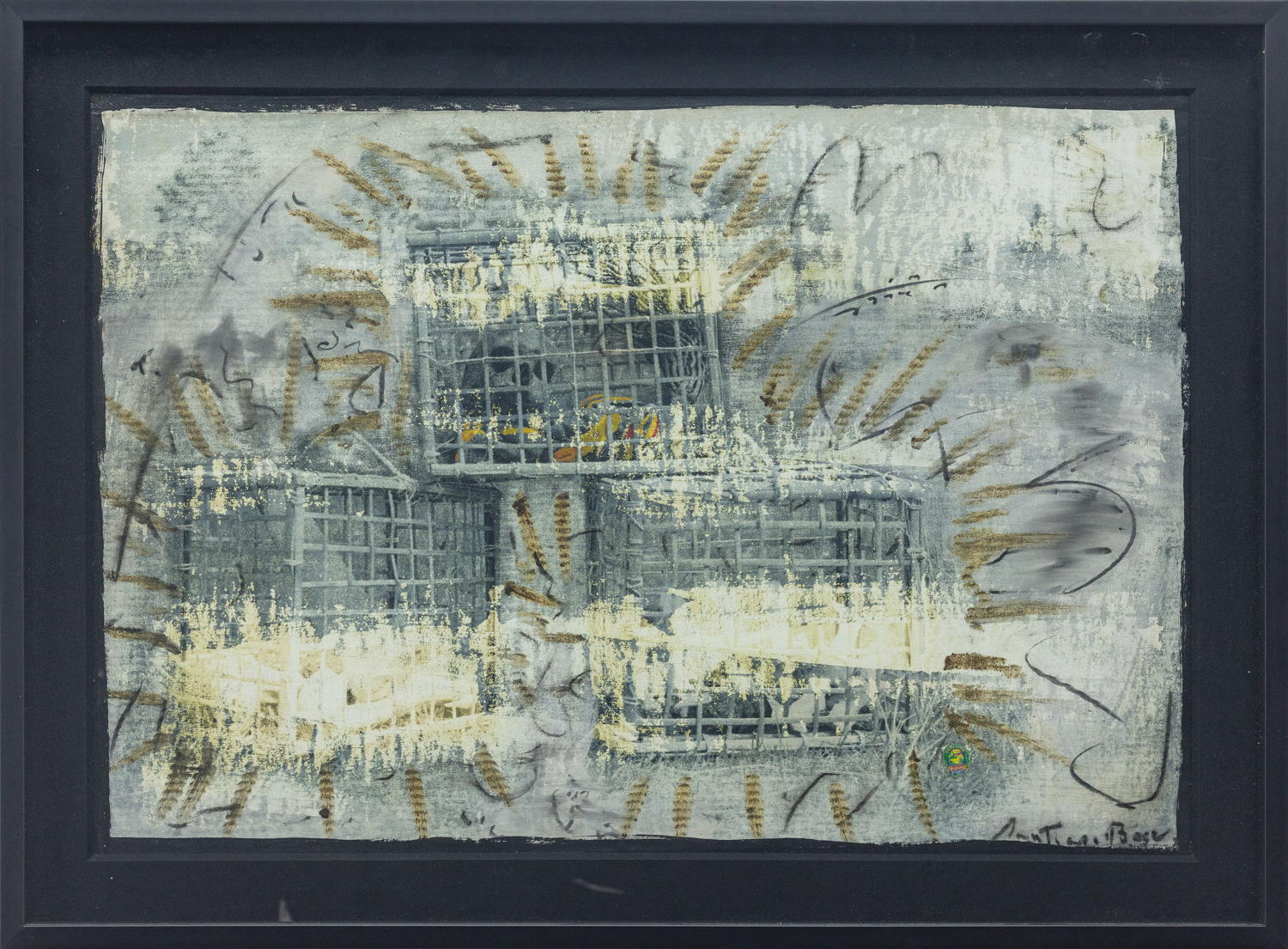
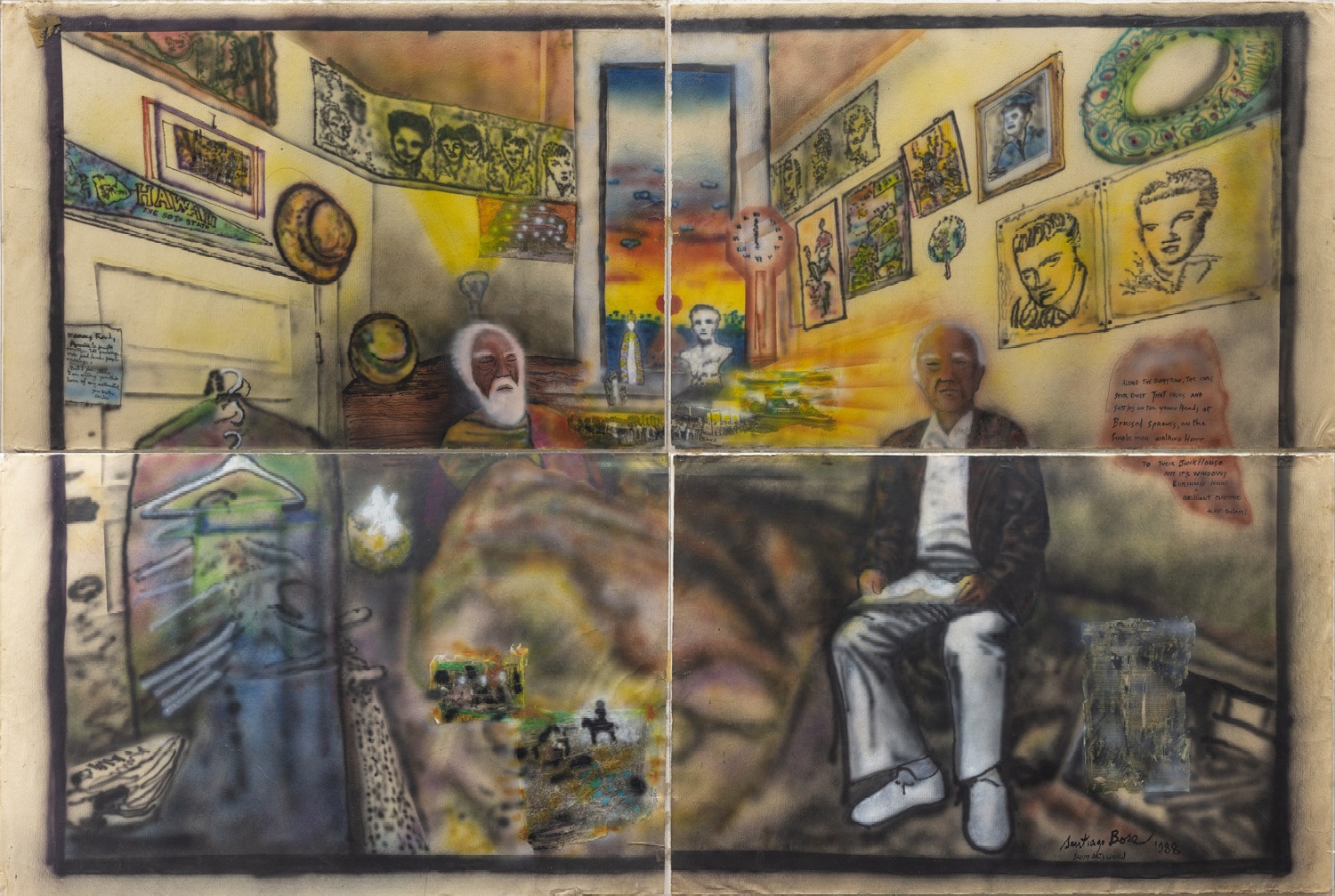
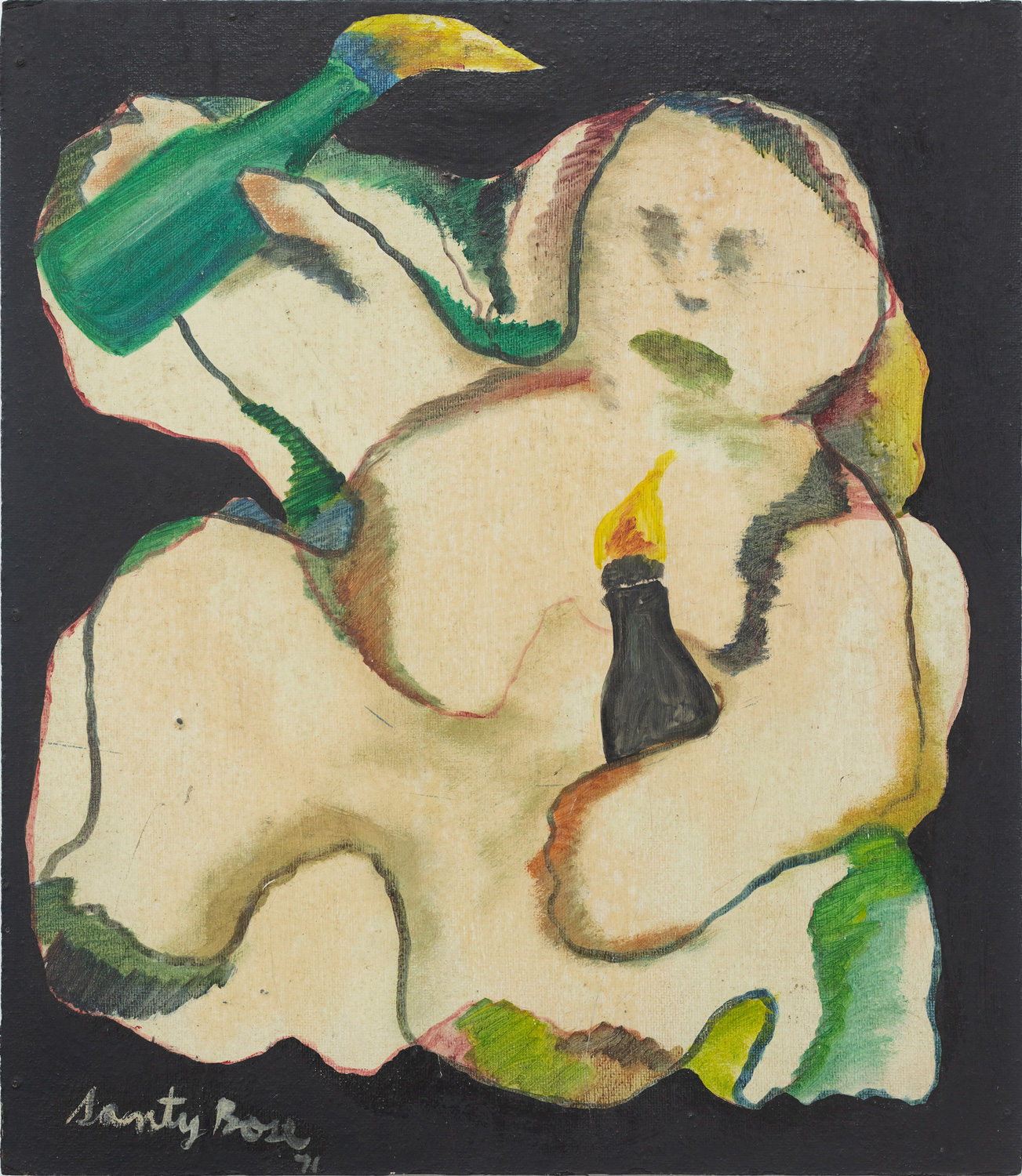
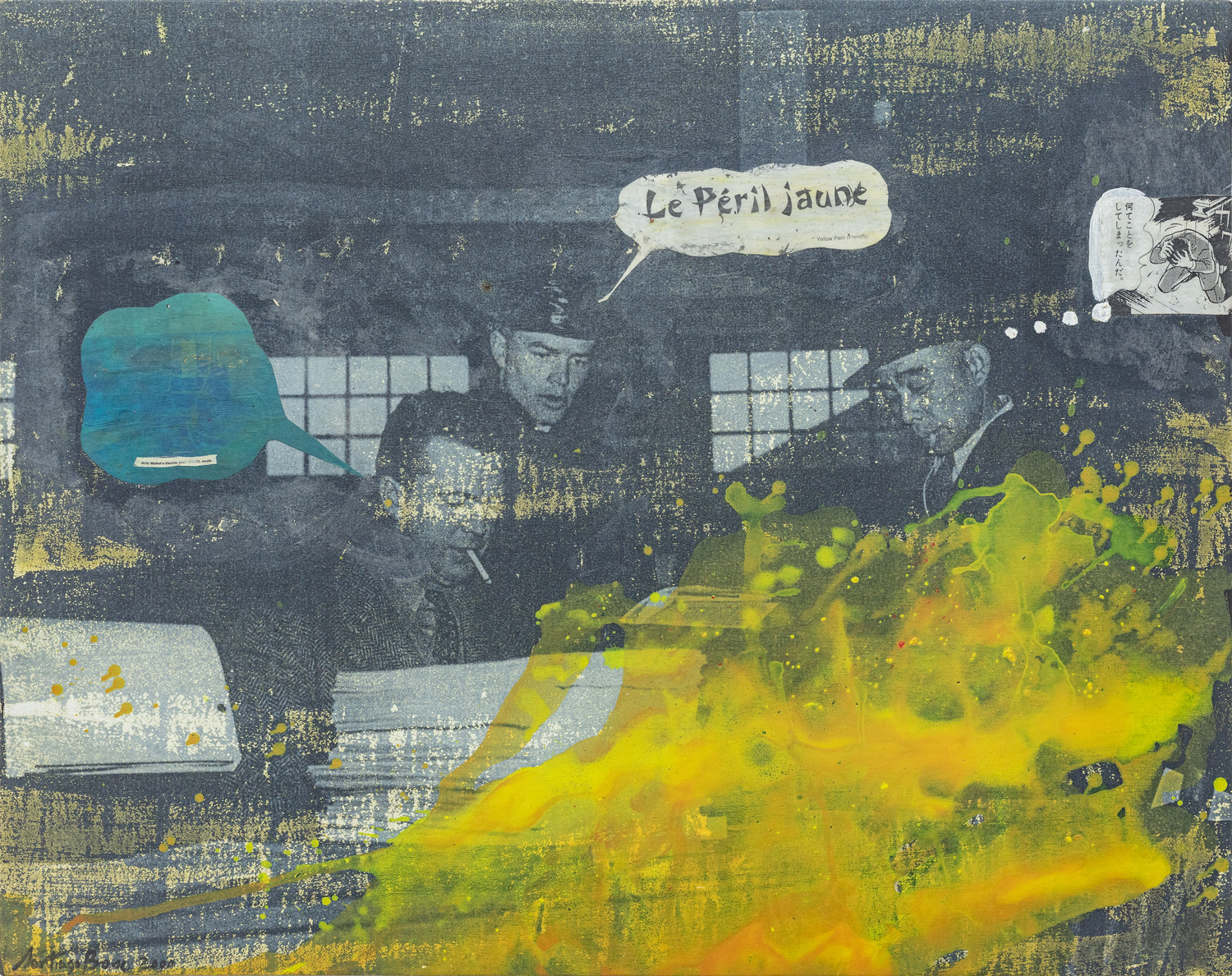
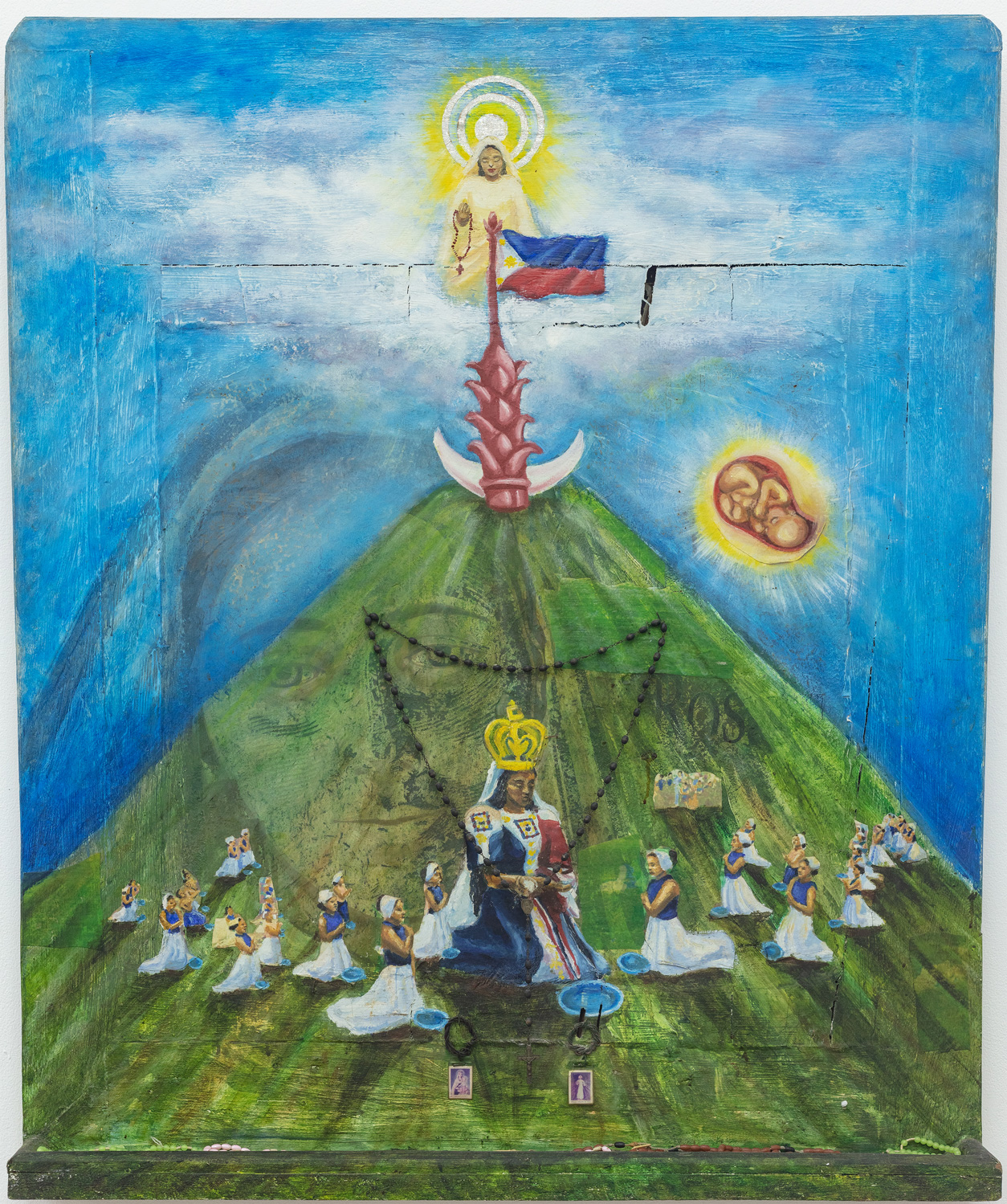
III. Inscription
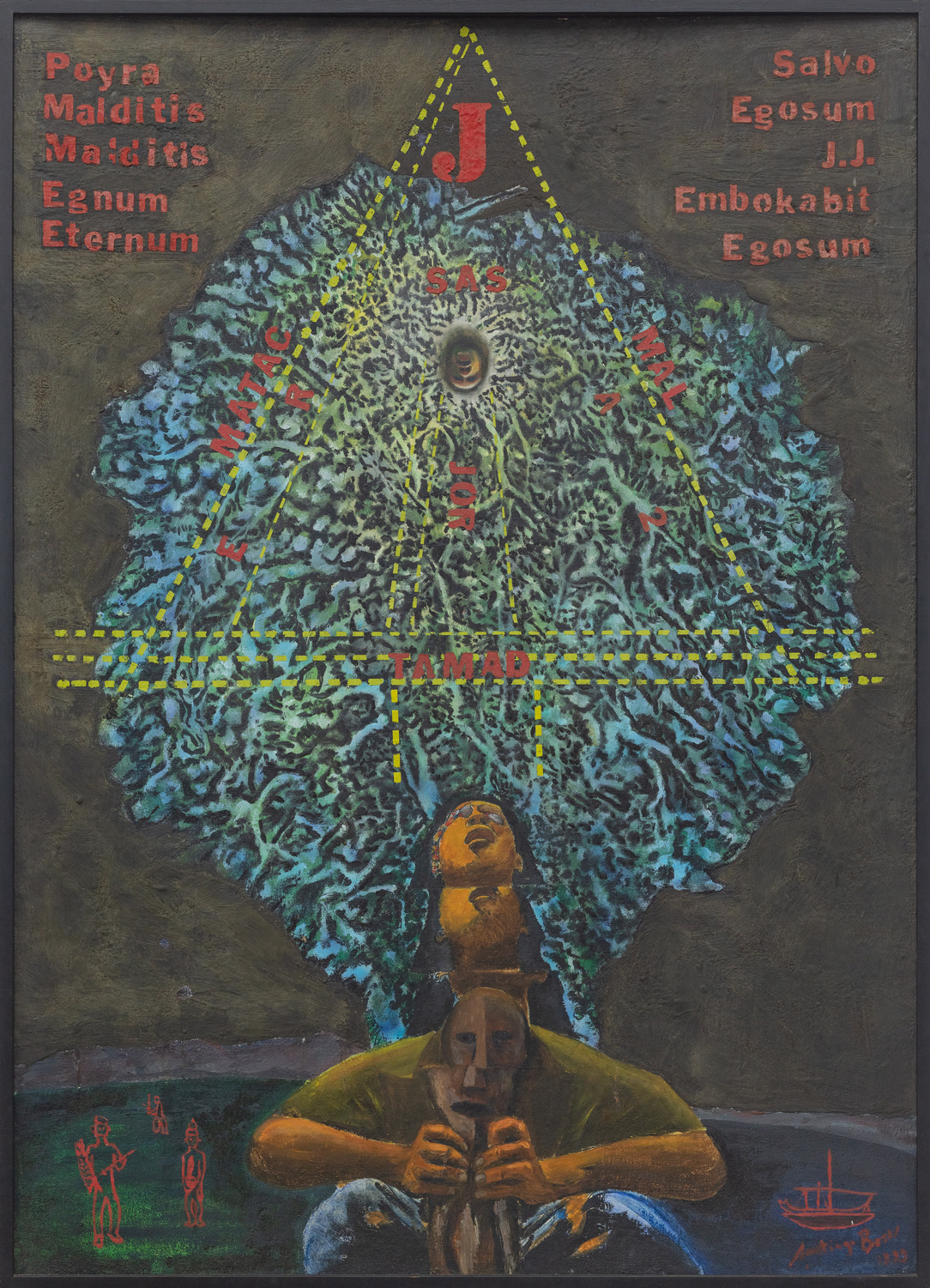
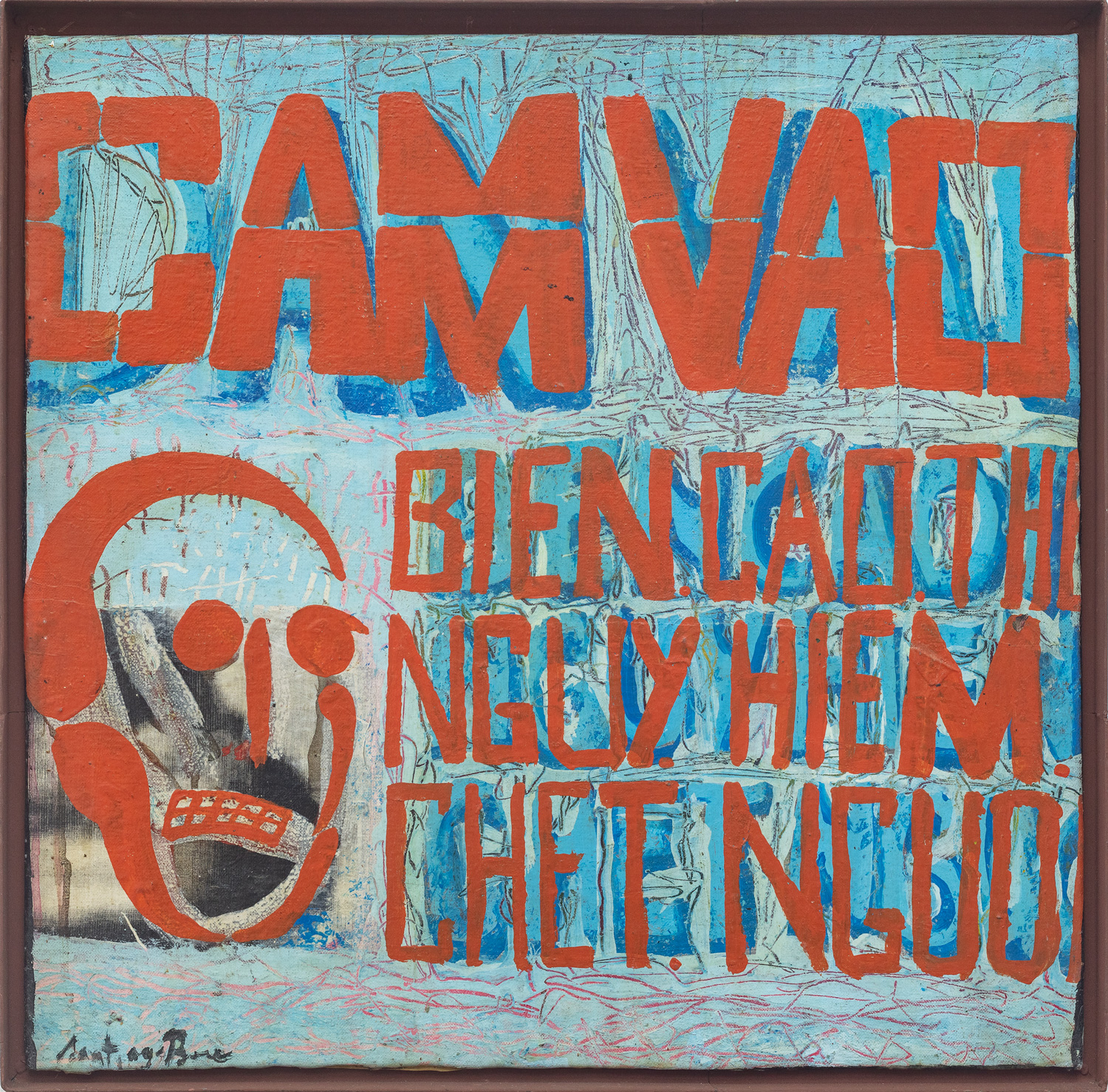
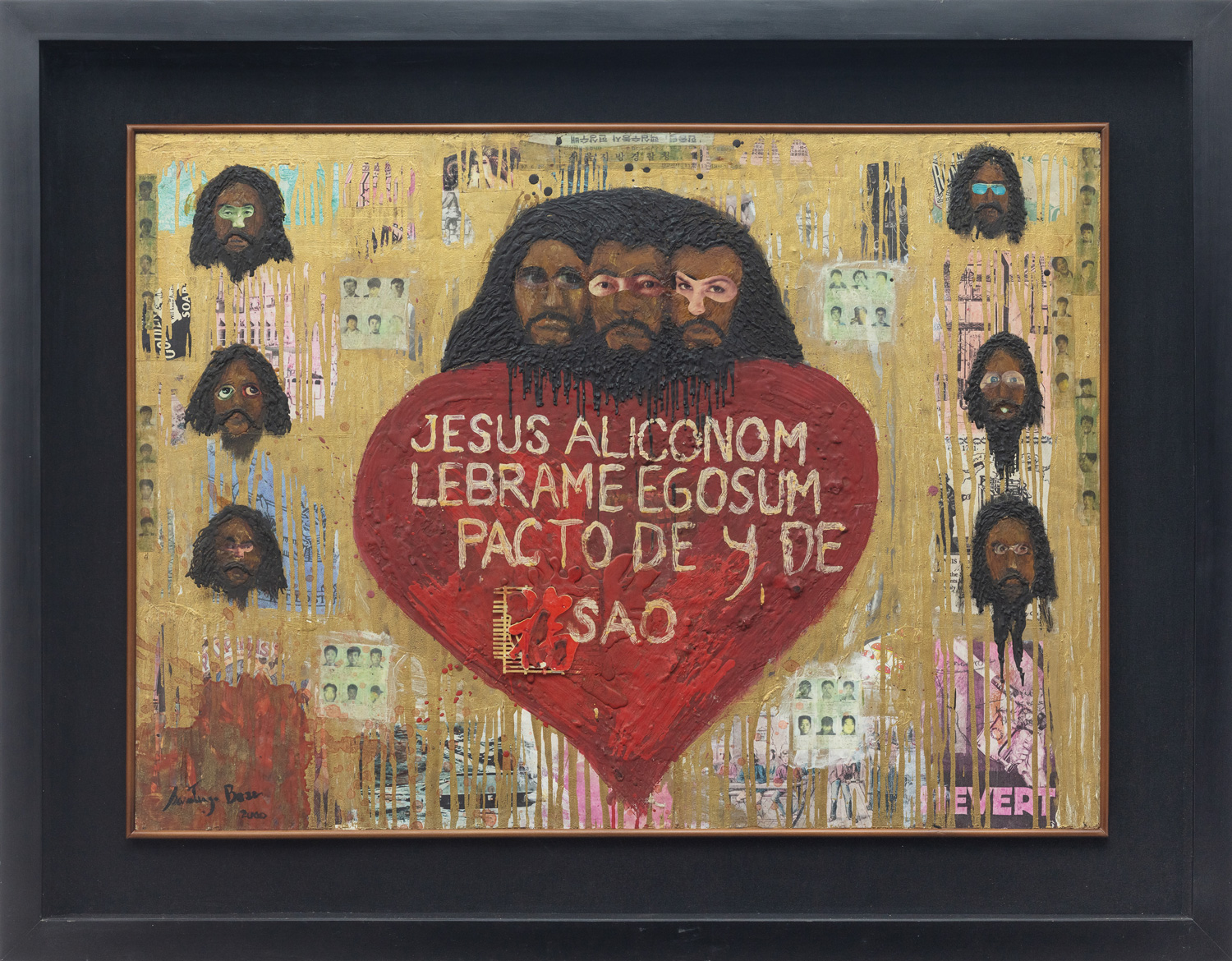
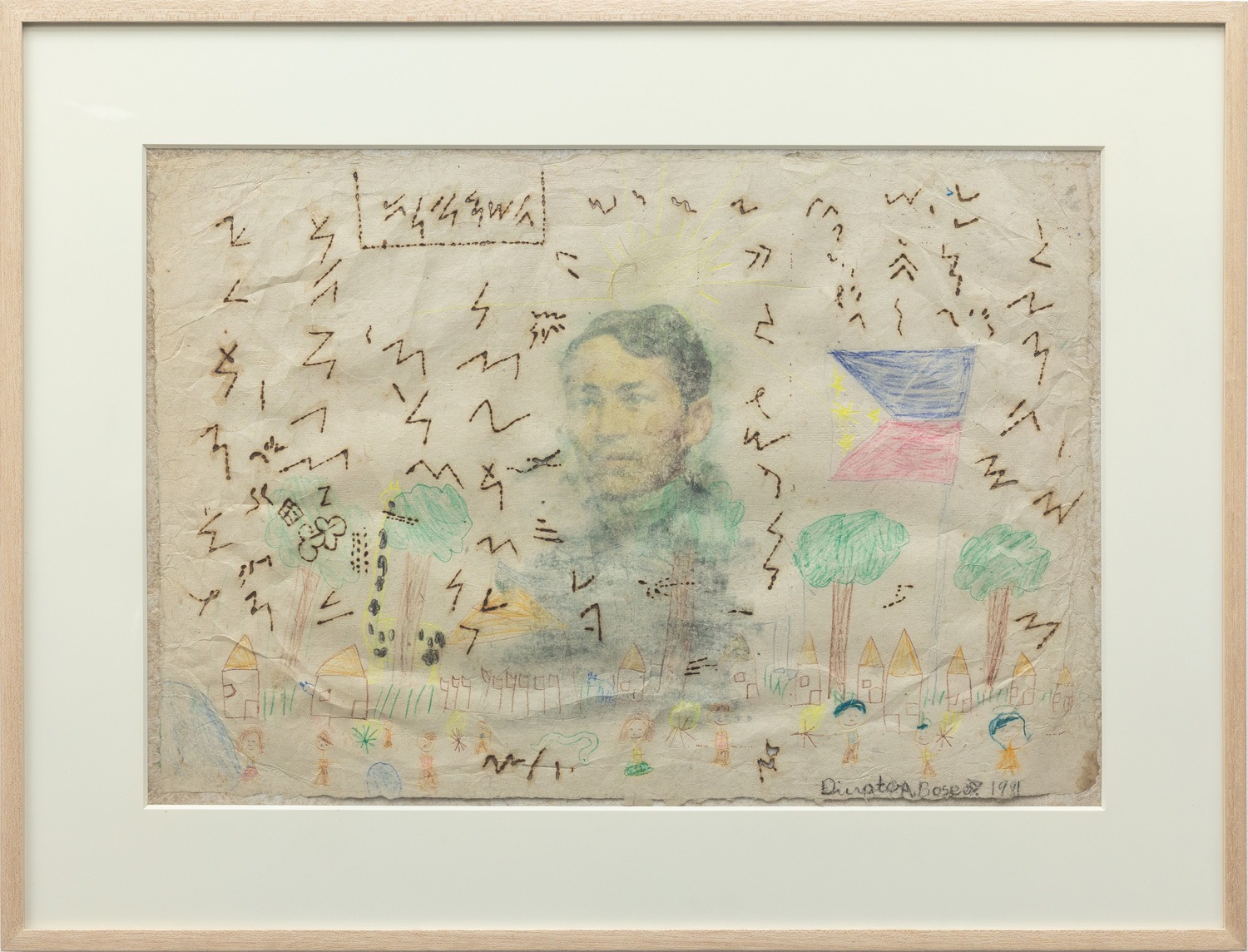
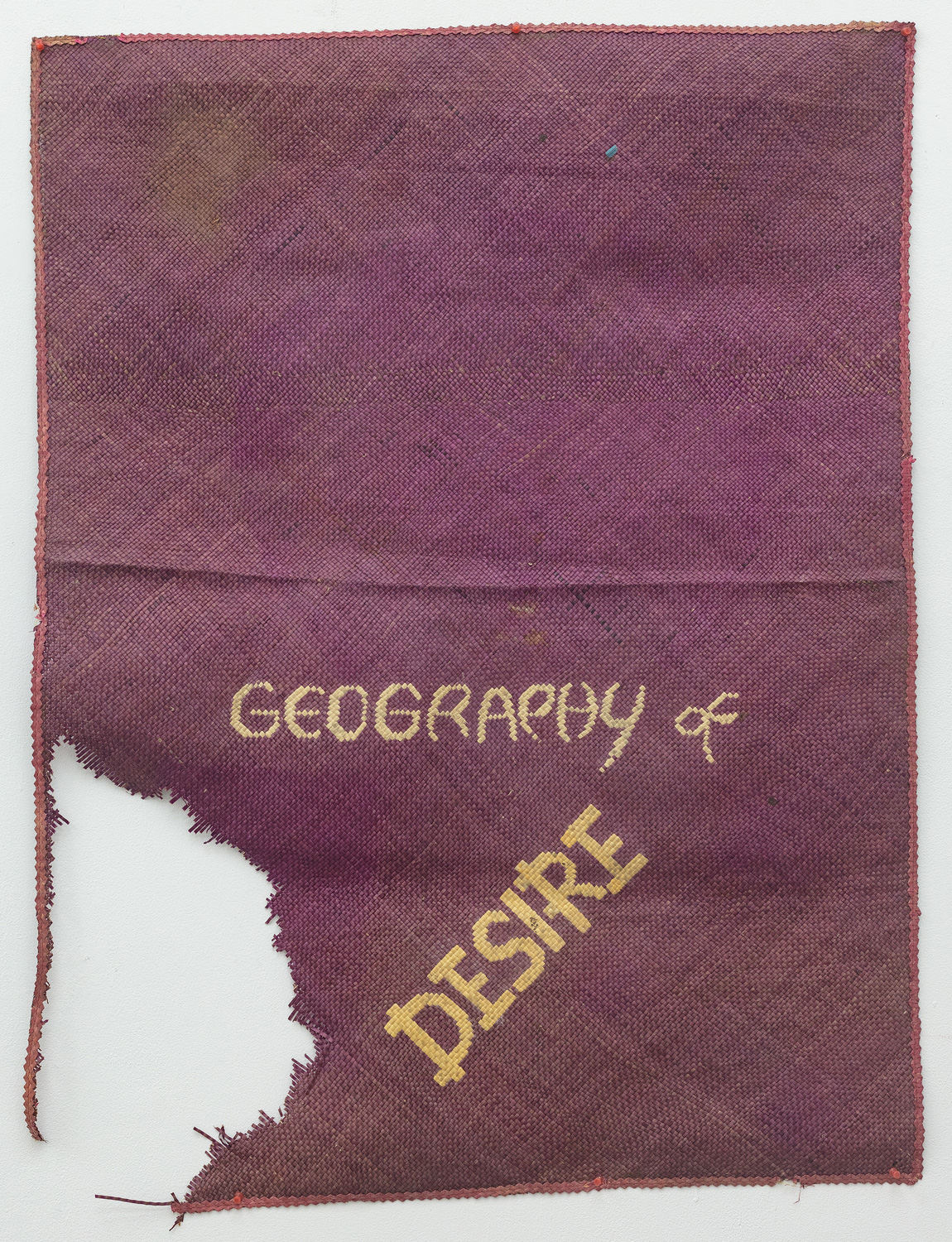
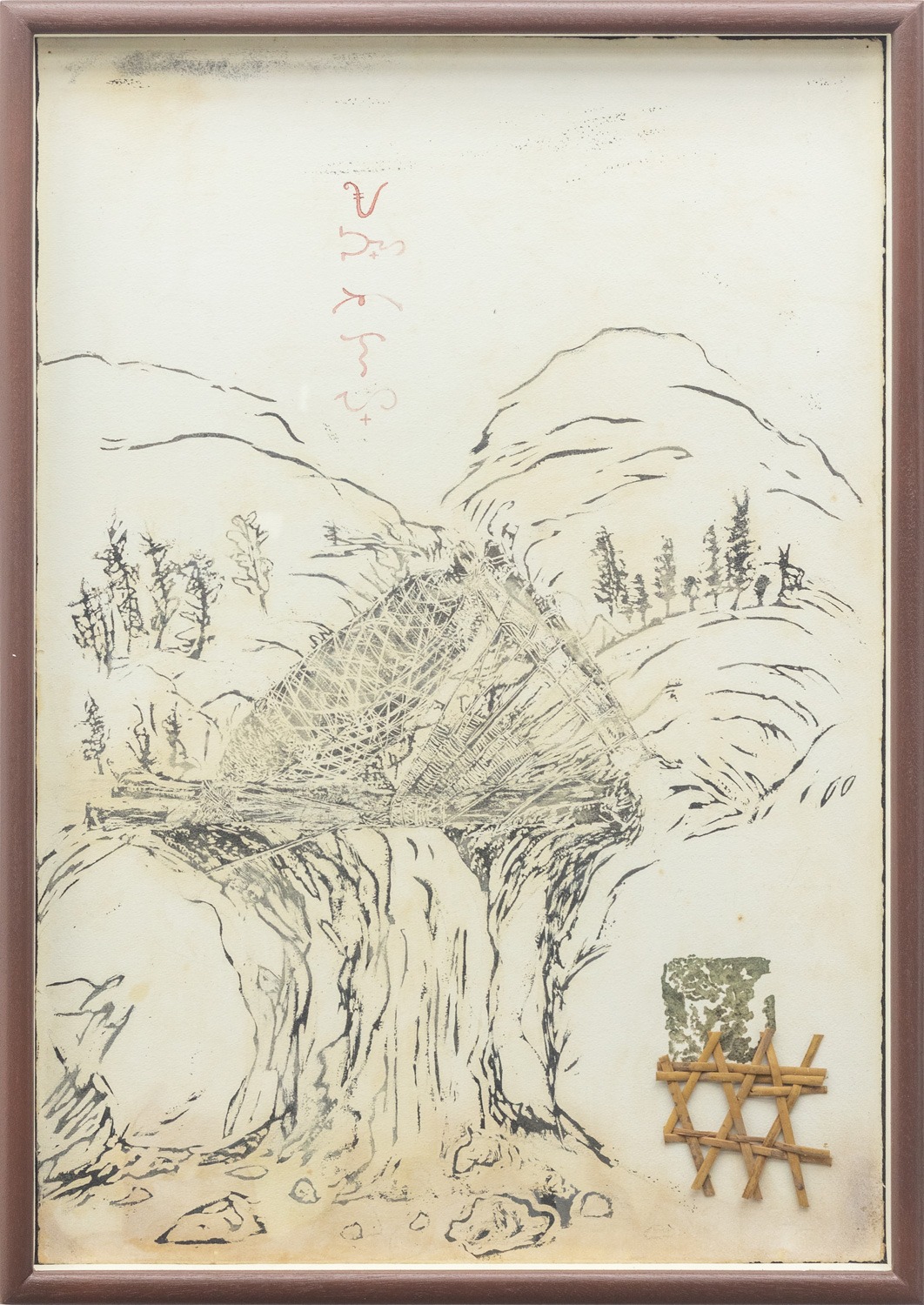
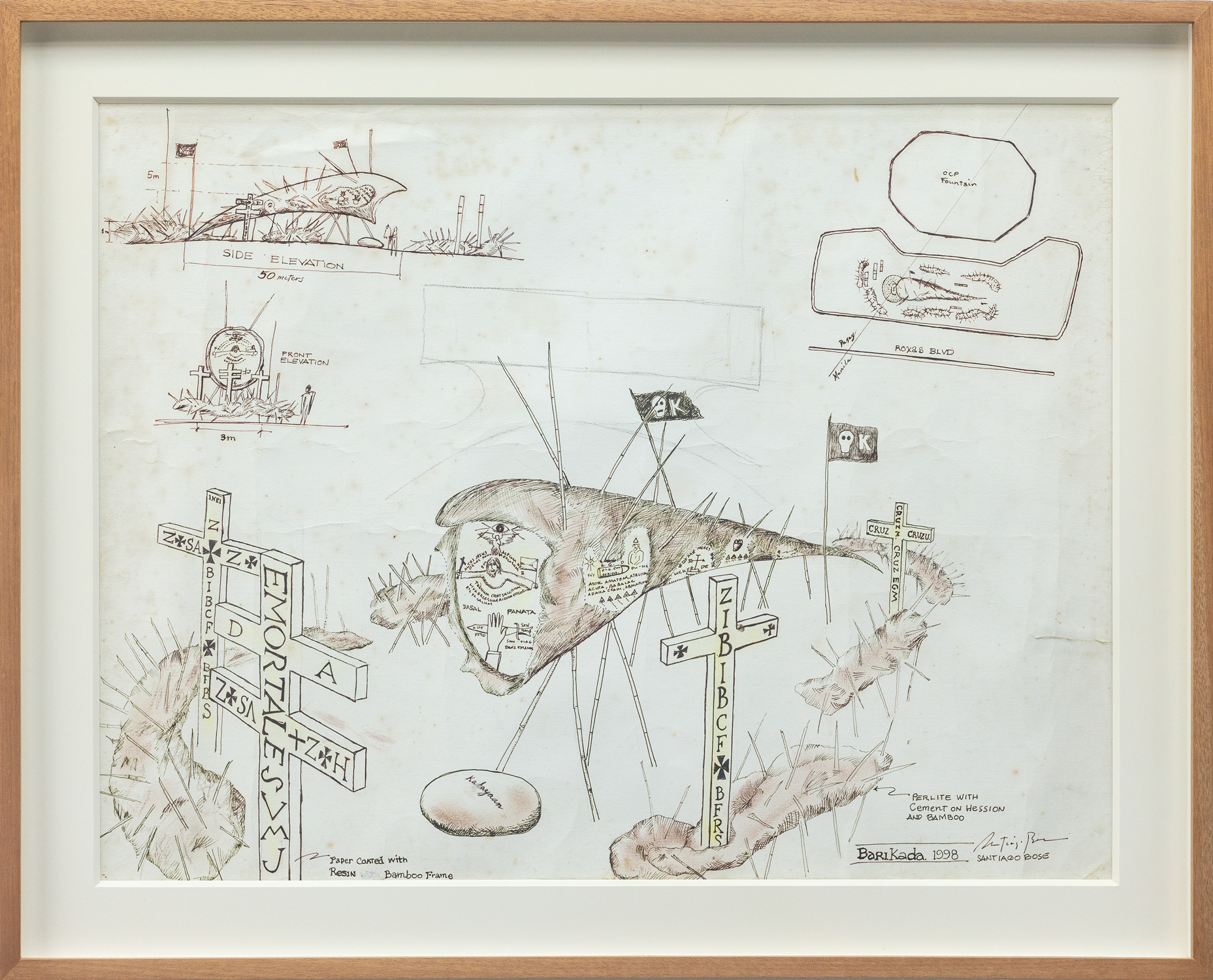
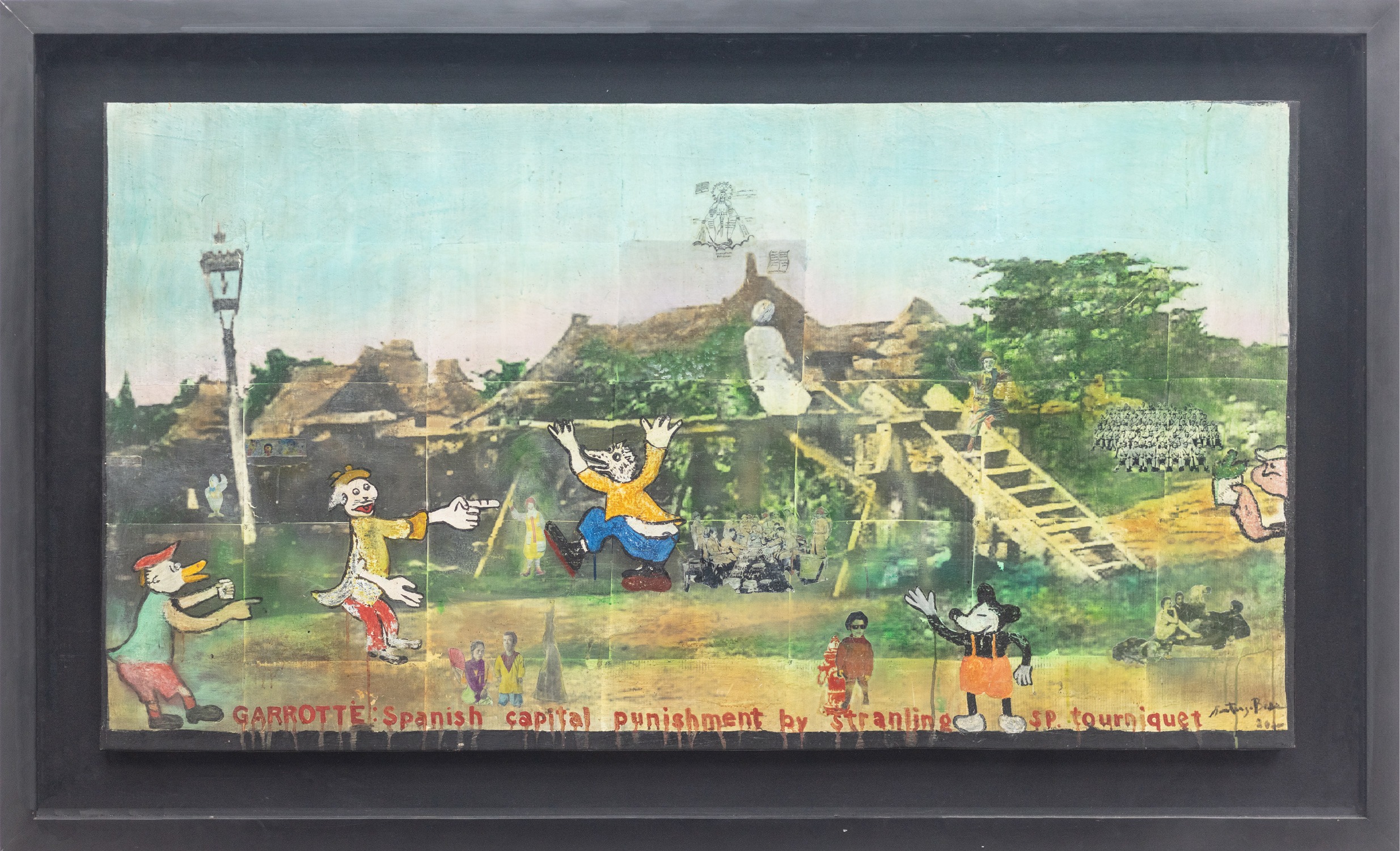
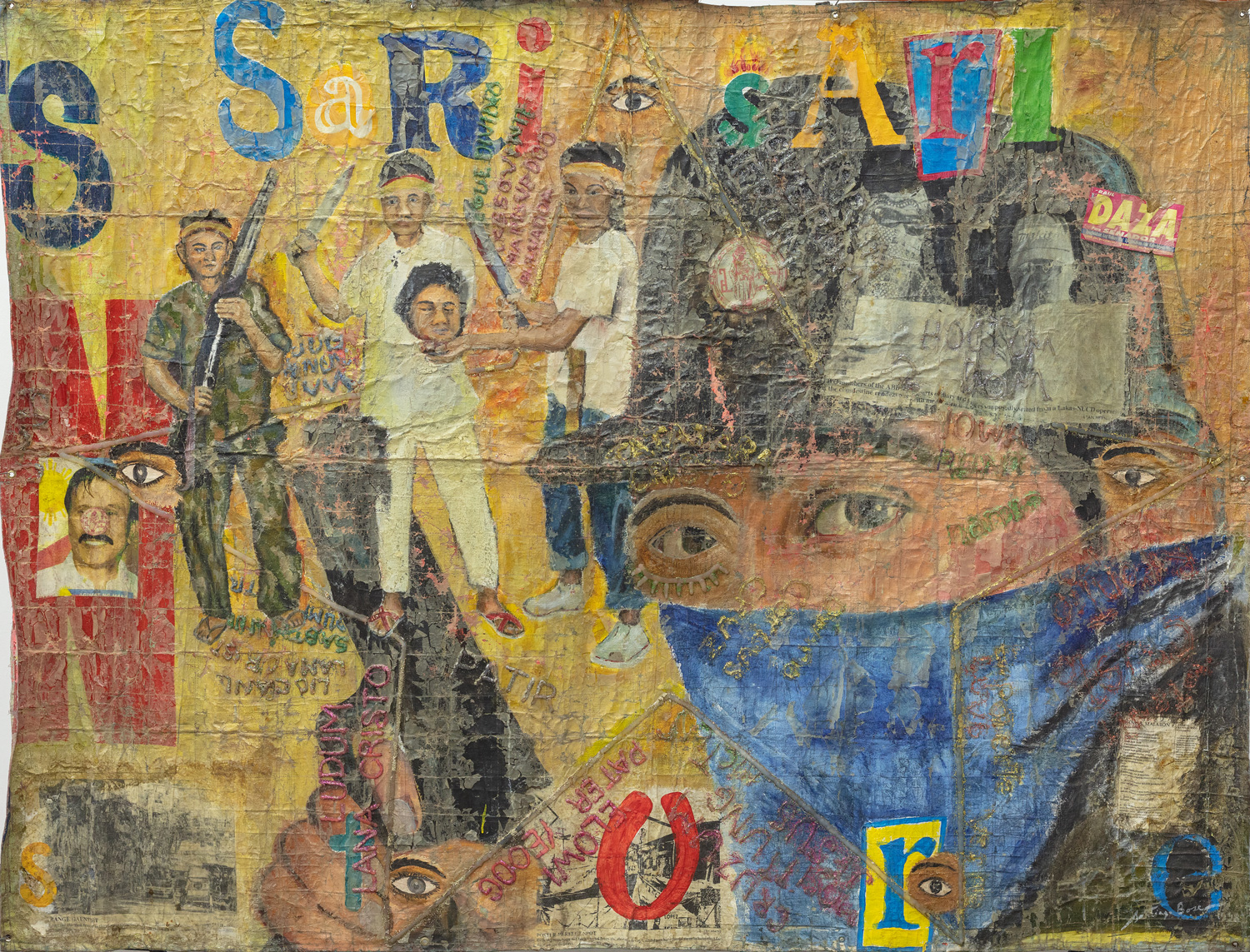
IV. Collage
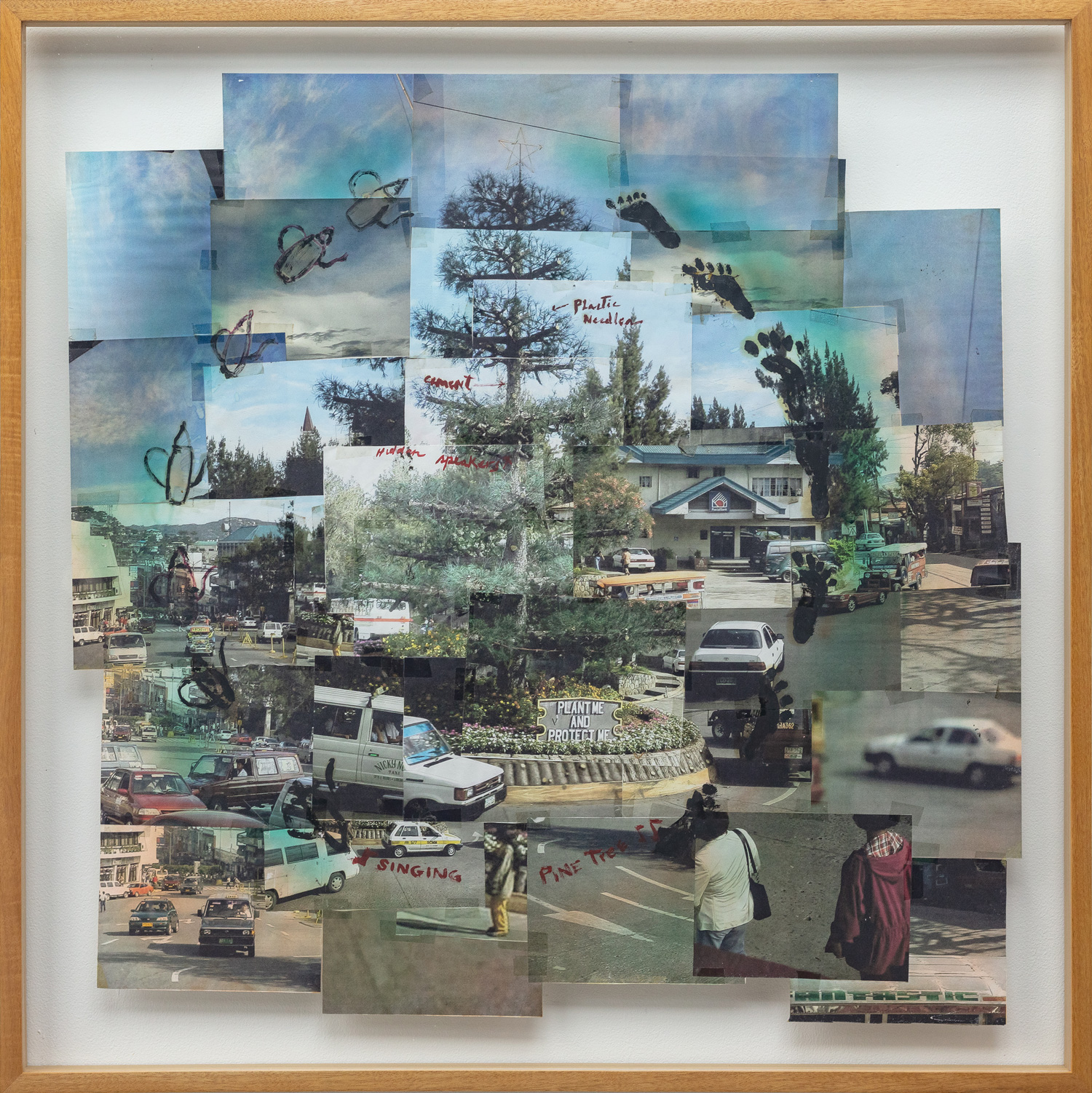
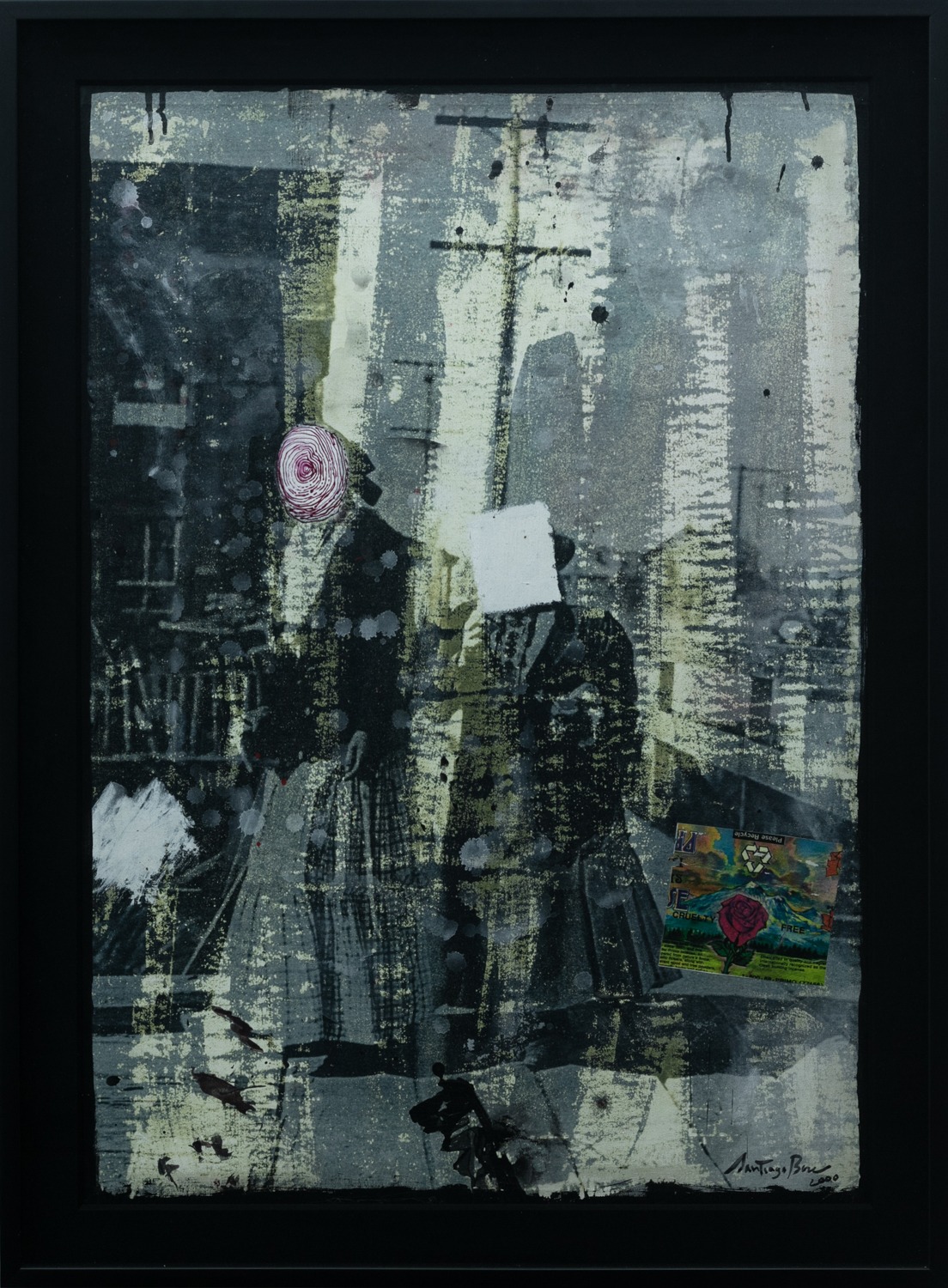
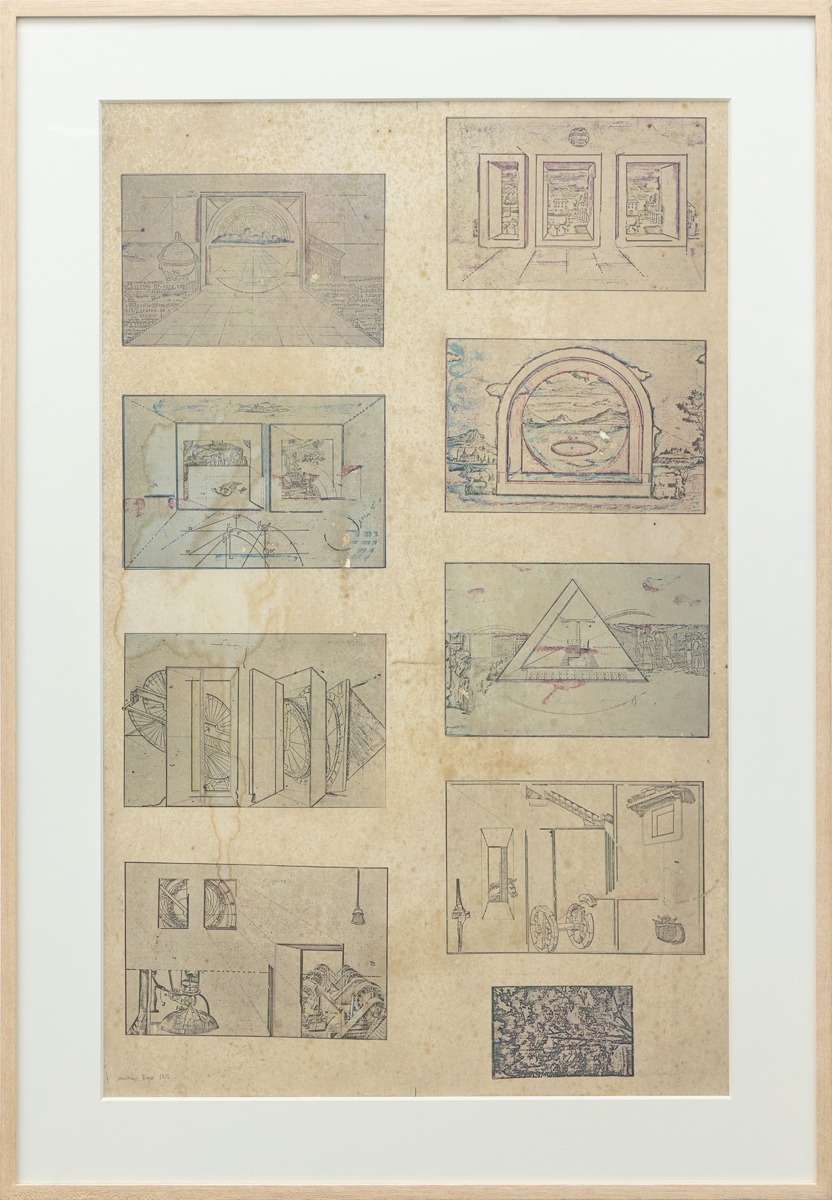
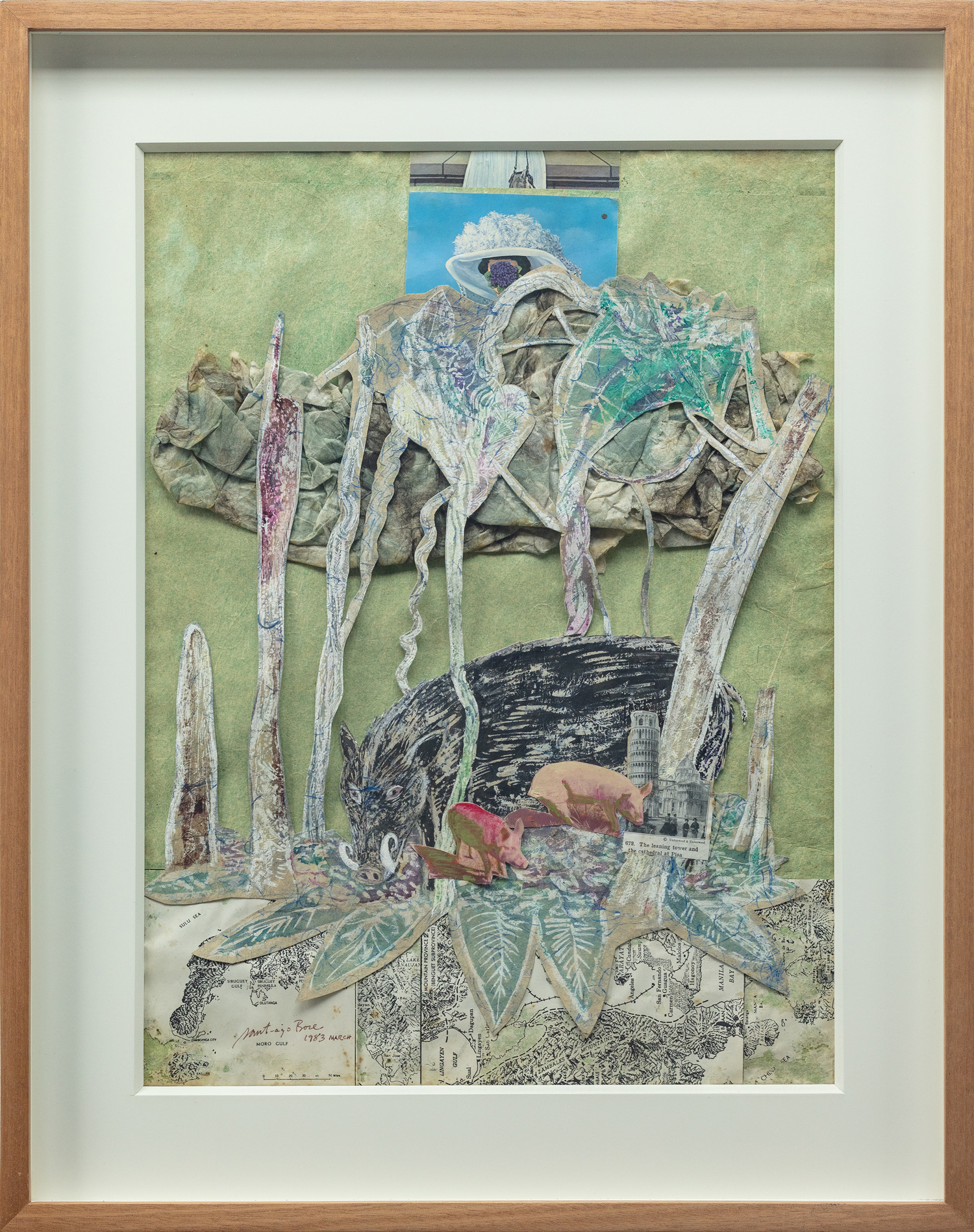
V. Palimpsest
